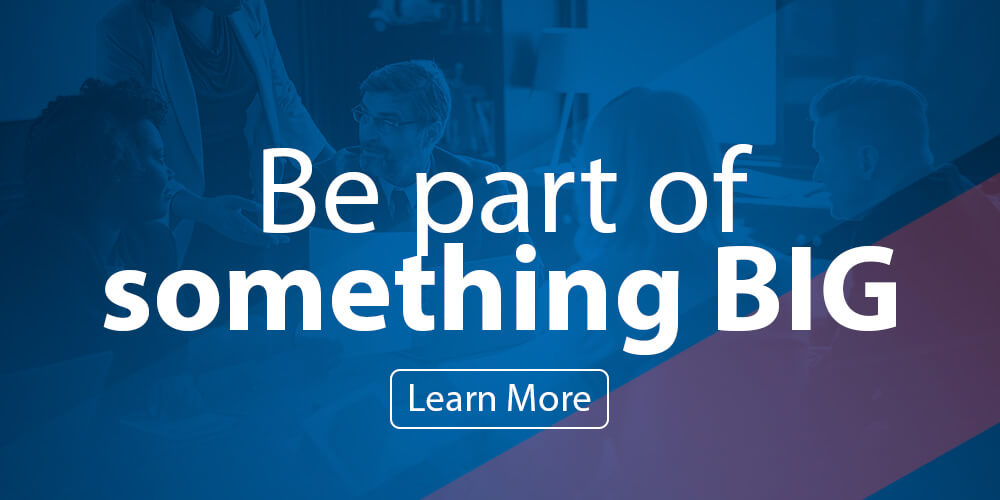Many of us spend a great deal of time trying to find the next idea to expand our product or service offering. It is always a perplexing process. A process filled with the anxiety because we know that if we guess wrong, it will cost us time, effort and money.
Ideas come from a variety of places. A safe bet might be to look at our competitors to see what they are doing and then decide whether we should follow. That method is safe and it works, but it also makes us a “me too” competitor and keeps us one-step behind. In the middle of the idea spectrum are the ideas that result from more abstract observations, something we have read or heard about, and so on. On the far end of the idea spectrum are the thoughts that just pop into our heads – the ones typically based on gut feeling. They might be good ideas but they are inherently filled with greater risk.
So where can we get good, safe ideas that will keep us out in front? Consider asking your customers. However, be sure to put your question in a context that will help frame their answers in a concise and usable way. Use the Upstream – Downstream Analysis. Ask them “what they were doing or what they needed, immediately before they purchased or used your product or service”. This is the upstream side. Then ask them “what they did or what they needed, immediately after they purchased or used your product or service”. This is the downstream side. I have read that putting these questions in the context of “what were you doing three minutes before and after…” is another way to pose these questions. Either way works.
Think about it for a minute. These are the people who are already doing business with you. In their minds, you have passed their purchasing decision test and in doing so; they have concluded that doing business with you represents a good (or at least reasonable) value to them. They know better than anyone else what their needs are and what they value. So it really makes sense to use your customers to help generate new and very practical ideas to expand your offerings.
You don’t necessarily need big break-through ideas. In fact, ideas that start in small steps are sometimes be a better and safer way to go. A small step or two in a new direction is often what is needed before larger steps can be taken.
Early in my career, I was involved in medical device product engineering where we routinely went into hospitals to talk with doctors, nurses and hospital pharmacists about their jobs, how they used our products, and what they needed in order to save time and make their life easier. Often times, the best ideas were not specifically related to use of our product, but involved a broader, upstream and downstream analysis of the entire task they faced. It was always amazing how much break-through thinking resulted from those conversations. I also found it amazing how much quality time people will spend with you, regardless of their schedule, when you let them know you value their opinion.
A word of warning – don’t just ask a few customers before making your decision. Be sure to ask enough people in order to gather a solid consensus opinion. Then mix in the practical aspects of your business – and don’t forget to sprinkle in a pinch of gut feeling. – TWB
Tom Balistreri has over 35 years of business experience with 20 of those years in senior positions dealing with “change management”. He is President of Cape Coral based Balistreri & Associates LLC and President of CEO Focus of Southwest Florida which provides peer advisory groups for small business leaders. Tom can be reached at tbalistreri@ceofocus.com

